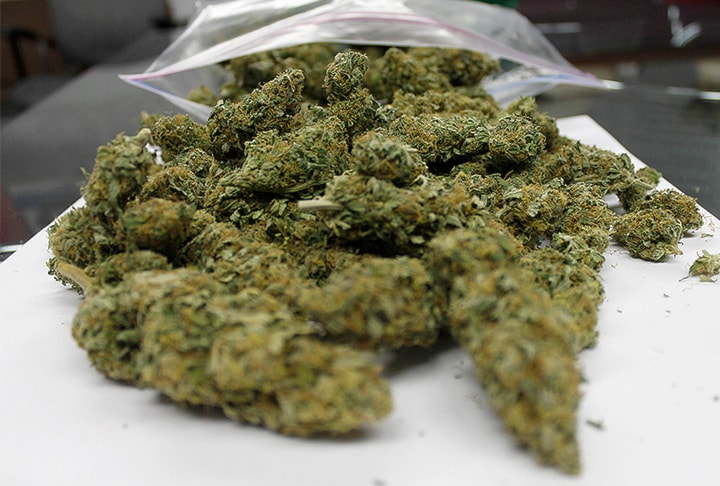Local politicians are fighting to establish control over the siting of medical marijuana grow-ops in the region’s rural areas.
A planner for the Regional District of Okanagan-Similkameen told directors at a committee meeting Thursday that such operations will be considered a legitimate farm use by the Agricultural Land Commission, so there’s little they can do to oppose them.
“We can regulate certain aspects of it, but we can’t stop it,” said Chris Garrish.
Lawyer Don Skogstad, who specializes in criminal cases involving marijuana, also appeared before the committee and backed up the planner.
“The ALR is going to be available for this use no matter what you say,” Skogstad agreed.
“In fact, you can’t say no in the city, in my opinion. You might say how and where, but not no.”
Skogstad noted, however, that new federal regulations for medical marijuana growers, which come into effect March 31, 2014, should lead to fewer, more heavily monitored operations.
He said all production will be indoors, in buildings secured by fences and video monitoring, and managed by people who’ve passed enhanced police screening.
“It’s a complete police profile check, so the people involved in this are going to have to really be squeaky clean,” said Skogstad, who estimated a $500,000 startup cost will mean just 150 such operations get off the ground across Canada.
Tom Siddon, the director for Okanagan Falls-Kaleden, said the required security measures indicate “the government anticipates major issues around these grow-ops,” and he wants the RDOS to establish some control over facility siting.
“I can almost guarantee… when the neighbours and the public become familiar with what is being proposed, they’re going to have a lot of questions to ask.”
Siddon made a motion to have staff develop regulations to limit grow-ops to industrial areas only, but it was defeated by a 15-3 vote because other directors felt it contradicted the ALC’s stated position.
However, Penticton Mayor Garry Litke said it’s important to air the concerns of local governments.
“What we’re trying to do is let senior governments know we’re not pleased with how this issue has been downloaded onto our local governments,” said Litke, also an RDOS director.
Production of medical marijuana “is going to happen, so it’s up to us now to control it.” he continued. “So it ought to be in a building, in our industrial area where it can be properly controlled and properly supervised.”
The committee eventually directed staff to further study regulations around siting of medical marijuana production facilities and invite elected officials from senior governments to discuss the matter with directors.
Garrish said the RDOS has had six to eight inquiries from people interested in setting up shop in the region, although, to his knowledge, none has gone farther than asking questions. Litke said he’s not aware of any inquiries from growers who have their eyes on Penticton.
As of May 2012, there were 19 people authorized to grow medical marijuana in Penticton, according to data provided by Health Canada to the Western News.
